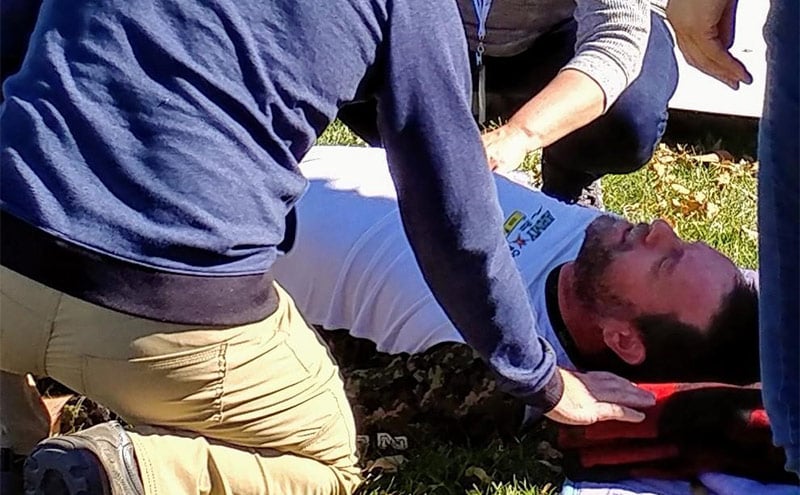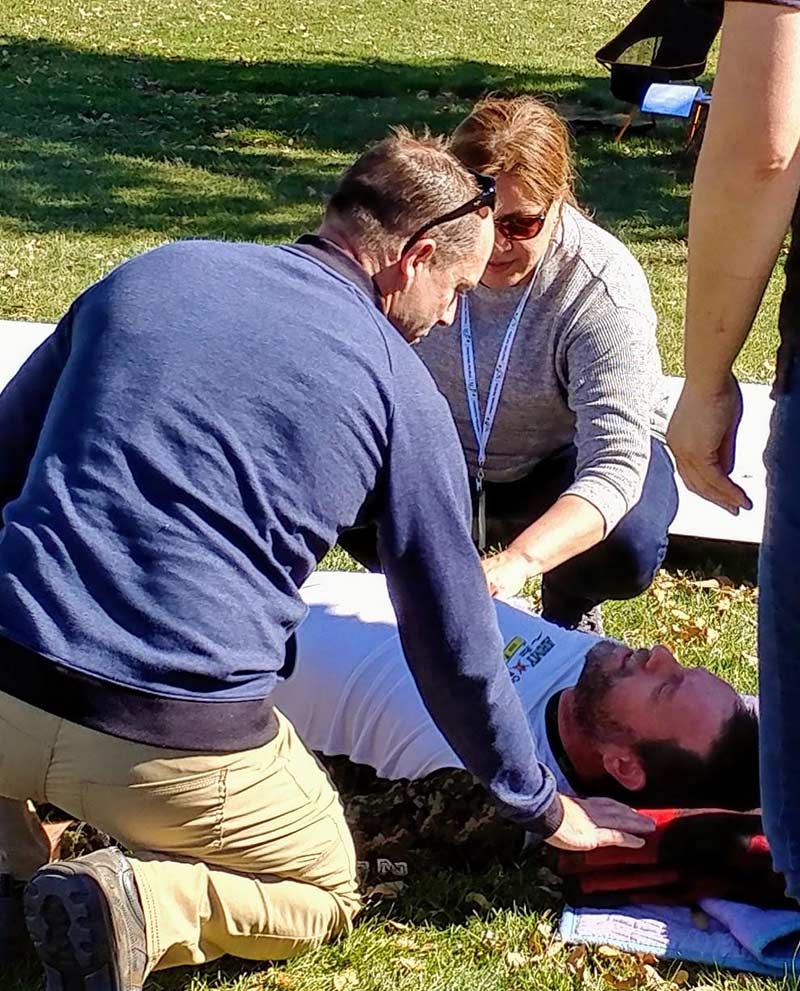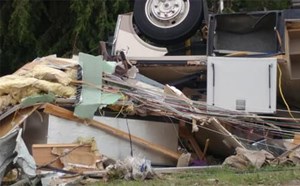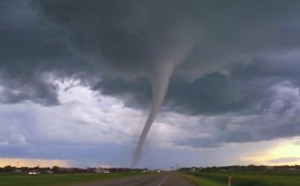
ACEP X-TREME
ACEP 2019 l Denver, Colorado
City Park
This year's ACEP19 Scientific Assembly brought a wonderful opportunity for the Disaster Medicine Section to collaborate with the Wilderness Medicine Section in a joint pre-conference activity highlighting the unique skills embodied by both disciplines.
City Park Transformed
City Park, Denver, Colorado was transformed into the site of a plane crash disaster. The mock incident resulting from a mid-air collision between 2 planes causing a mass casualty event involving the plane occupants and people who had gathered for a charity walk/run on the walking path below. Several missing individuals were displaced in a countryside area away from the major crash site. Planes were hauled from Wichita, Kansas providing realism. Attendees rotated through a variety of stations each presenting special challenges.
Numerous volunteers from many organizations also came together to re-create the complexity that occurs during an actual mass causality situation. Mock victims, police, news reporters, emergency radio, and EMS personnel all helped set the scene. Attendees worked together to triage, treat, and transport patients as well as interact with personnel from various agencies. All participants had the opportunity to practice skills in both the wilderness and disaster settings. In this scenario, some of the plane occupants were missing in the wilderness. Search K9s teams were deployed locating the missing persons. Attendees experienced how search K9 teams can rapidly locate the injured decreasing time to definitive medical treatment.
Using Available Resources in the Austere Setting
Collaborating with our Wilderness Medicine colleagues allows us to share ways that expert emergency care can be maximized by using improvised equipment when resources are limited.
Difficult Airway Management in the Disaster Setting
During intubation and other procedures, Emergency Medicine physicians most often have the luxury of positioning themselves in a comfortable posture and placing patients in the most advantageous position possible to facilitate procedural success. In the setting of the trapped patient requiring immediate airway intervention or hemorrhage control, this is not possible. ACEP X-TREME attendees applied techniques helpful for mastering endotracheal intubation and hemorrhage control in the difficult situation of persons trapped awkwardly within the fuselage of a crashed aircraft.




